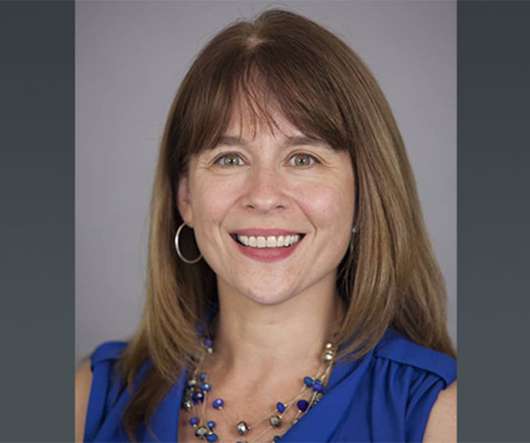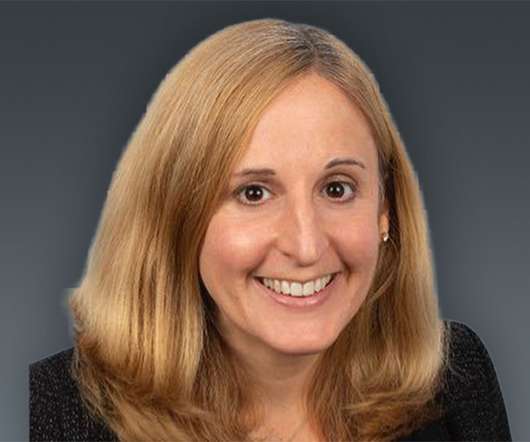Fast Facts: Traumatic Bladder Rupture
PEMBlog
OCTOBER 11, 2023
However, in pediatric patients whose pelvic bones are not fully developed, the bladder is more prone to injury. To diagnose bladder rupture, CT cystography is the preferred diagnostic test. To diagnose bladder rupture, CT cystography is the preferred diagnostic test. Clinical signs of bladder injury are nonspecific.












Let's personalize your content